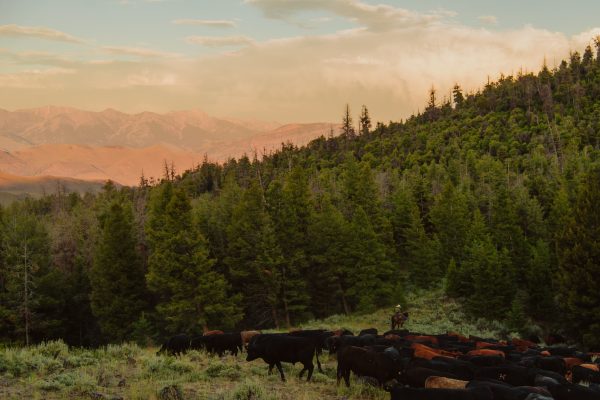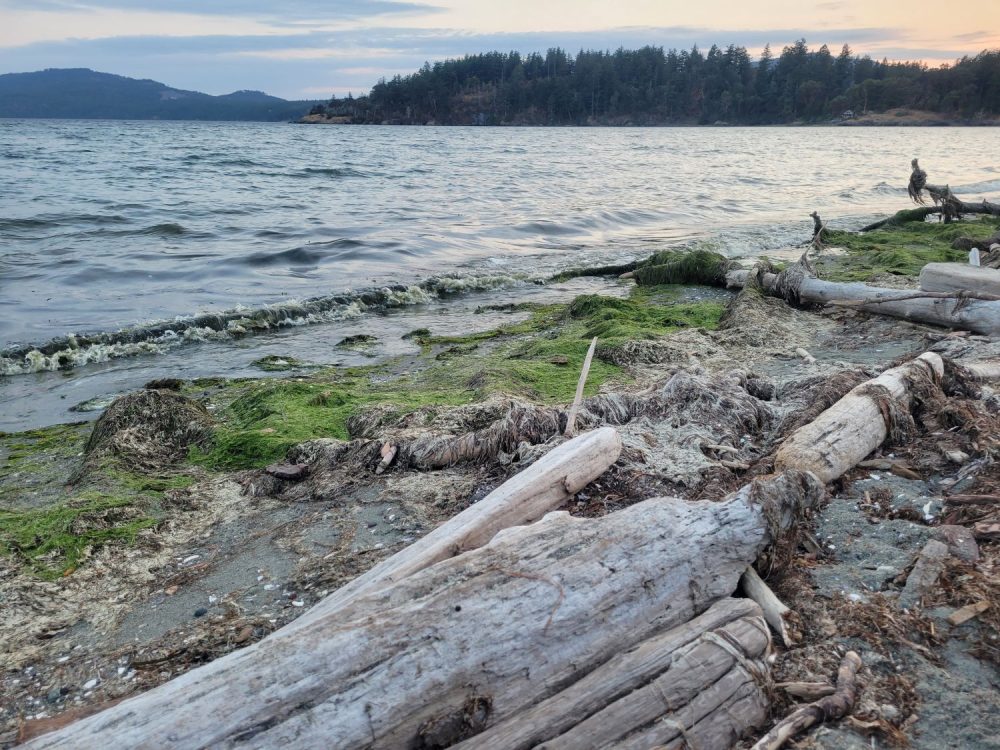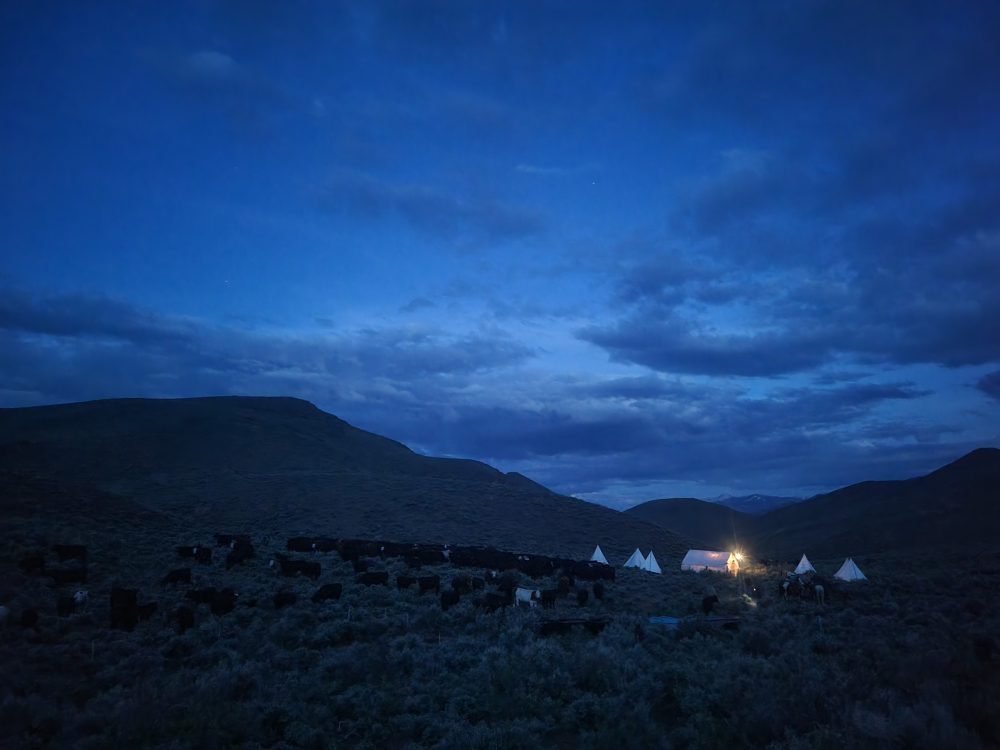 The heat is cranking up a little on the ranch as we enter high Pahsimeroi summer. It was a perfect week for drying hay, though. It was a little humid (for us) and the hay dried over a several days instead of quick drying in two or three high heat days which can cause a little brittle and bleach. Our 400 tons of first crop hay looked like a dried flower arrangement that smells oh so sweet”¦a perfect preservation of June sunshine for our beeves to enjoy when the winter winds blow down from the high Arctic along the Rocky Mountain front. Things like perfect hay make us happy.
The heat is cranking up a little on the ranch as we enter high Pahsimeroi summer. It was a perfect week for drying hay, though. It was a little humid (for us) and the hay dried over a several days instead of quick drying in two or three high heat days which can cause a little brittle and bleach. Our 400 tons of first crop hay looked like a dried flower arrangement that smells oh so sweet”¦a perfect preservation of June sunshine for our beeves to enjoy when the winter winds blow down from the high Arctic along the Rocky Mountain front. Things like perfect hay make us happy.
Update on Herding Project: Operation 24/7
Our herding pilot project on our remote native mountain rangeland is going better and better. With practice, our cowboys and cattle have now found a rhythm to their days that works for man and animal. One cowboy up at daylight, waters the cattle, and moves them out of the night bedding area to a high bowl of untouched grass. Midmorning another cowboy or cowgirl comes to relieve the first, who can head back to camp for a little breakfast, coffee, and siesta. Throughout the day the humans trade their watch and herding stints while cattle contentedly graze. As daylight fades around 10:00pm, the herd is brought into the night pasture for one last drink.
Our goals have been to eliminate wolf predation via deterrence by simple human presence, keep cattle from using areas that are valuable for wildlife and fish, eliminate potential for over-using the native plants, and improve cattle health and weight gain by moving them to untouched areas to graze every day. So far, so good.
Typical management on western ranges in the U.S. is much less intensive. Cattle are turned out into large pastures of thousands of acres, and left pretty much to their own devices. Cows like water and shade, and will camp along stream sides, eating the little bits of green they can find. This impacts streams and streamside vegetation, and unsurprisingly, cattle do not gain weight well when they are camping rather than eating.
This is why we are so excited about this project. It has the potential to address many of the problems of grazing in western landscapes in a way that may be economically advantageous to ranchers because of better weight gain and lower losses. It is our hope that the economic advantages will speed the adoption of this idea while protecting all of those values held in the public trust: those beautiful and wild rangelands under government jurisdictions known as the Bureau of Land Management and the US Forest Service.
Even more, it has the potential for future use as a positive management tool. Range ecologists, for example, could use targeted grazing by herded cattle to reduce ground level fuels on areas slated for prescribed burns, or use cattle to improve soil organic matter on areas taken over by annual weeds.
I spoke to a private non-profit foundation about what we are doing last week—it was an interesting proposition trying to put cowboys herding beeves on wild rangelands in the mind of a visitor from Brooklyn! But I think I did it: he asked some great questions! Feel free to ask any of your own addressed to me at glenn@alderspring.com.







Leave a Reply